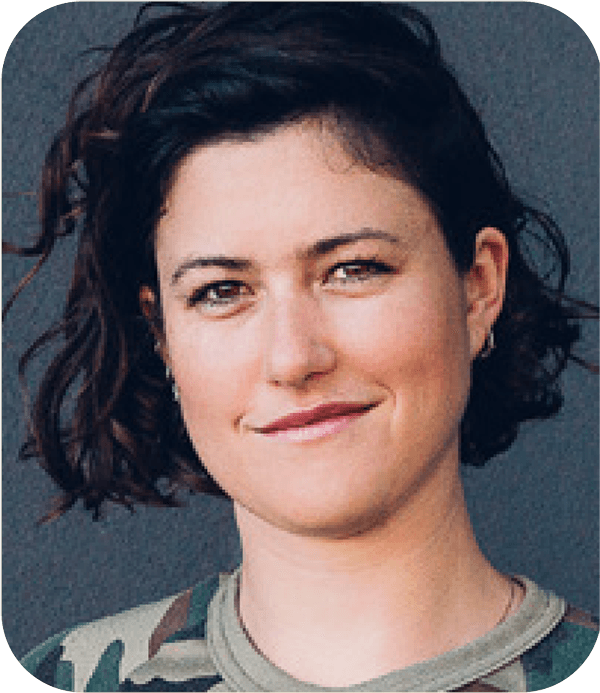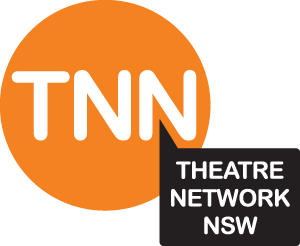Not Normal
The cupid’s bow lips I part to speak to you
are not normal
if
your lips are thick and plump top and bottom,
so juicy they’re forced to part involuntarily
And if yours are a thin straight line, perfect for applying red lipstick,
the colour you choose which is slightly bluish to match your fair skin which is not normal
And if your lips are bright berry like electrolyte flavoured drinks,
And yours are pink glass wedges of grapefruit flesh
And your lips have deep brown edges like melted chocolate biscuits either side of toasted marshmallow pillows
I chew on mine and tear at the thin skin that holds them together and that is not normal
It’s a habit I’ve got in,
Normal is the coffee order you place each morning,
‘What’ll it be today?’
‘The normal’
It’s handy for your barista to remember your name and to perform the ritual with knowledge and skill, an exchange that is pleasing and mutual
But a normal order is not you, or me, or the person sitting next to you.
Box jellyfish are making their way south
And the fish are disappearing
And if my lips are made in little mountains like this
And if yours turn down at the edges like a sad clown
each tiny part of life
and each of your three kids
can be made a bit different
Normal is
A thing
Made with the carpenters square,
clean geometry, set right
a metaphor taken from Latin language
to describe the English idea of average,
reliable, same, the healthy ordinary majority
The word normal comes with inherent judgement
preference and perspective of what is regular and most close to perfect.
Perhaps
Art that is designed by minds
who cannot draw themselves as perpendicular lines
who see their world as always realigning to accommodate changes to their environment
These artists might in their expression
bend us too, their audience
tilt us to momentarily capture a different view
and understand
that normal
is a truth on which living things can’t settle and be still,
and the peaches we ate in summer ripened slightly earlier this year
Fraser Island burned in what was meant to be a wet La Nina year
right angles can be tilted and interconnected to make hills and valleys and diamonds and triangles,
tiny shifts that turn us all from uniform bricks
into dynamic shapes
we turn to tesselate with all the other figures
that make up the community we live in
Artists might reveal to us by their impressions
That human life arrives at all degrees,
Right angles can spin out in all directions out from squared edges
Common standards
Established order
Regular
Usual
Are all ideas that are useful when we try to understand phenomena
Like the changing of the seasons or our size of shoe
so we can order some new ones online from our bedroom
We can learn about the way things are in nature and in human made systems
Normal is information we collect order in order to understand when things are off kilter
Standards make life and work and caring for the environment easier
and
Normal school prepares a standard set of things for learning
that support a normal child to fit into the normal way of life
if the child has been normalised right, it will win her a normal job at the supermarket or the supreme court, she’ll nab a normal partner and be set square for a normal life thereafter
when things don’t turn out the way her normalness predicted
Art reveals that
Normality as a principle
a wish,
a dream to aspire to
is problematic
and makes life for someone who doesn’t pass the normal test
a little harder
A book she reads skews the frame she looks through
gives her permission to throw everything she ever thought she knew out the window
Which makes her feel better
standards and order
are made to serve specific people, their point of view, their aesthetic pleasure, and perceptions of value,
Plants and animals oceans and rivers,
wind and fire and organisms in the soil that grows our vegetables
are readable
their normality predictable
but knowledge about living things is not fixed
it’s a principle from which to notice certain and constant shifts
the normal we ascribe today will change when the climate is no longer suitable to grow tomatoes where we used to
Artists reveal to us that the things we assumed we knew, are unstable,
Art can melt us into awe for the impossibility of order or knowing it all
which
might prepare us to enter change
with grace
not
desperation to establish a new set of standards that will keep us safe
The new normal
Is to reconfigure order
eliminate confusion
Disillusion compounds when the earth shifts again and we measure up and find things have bounced out
Two lines not quite set right
I listen to the rhythm of waves, a normal pattern, that is ever changing
one generation of us will give birth to the last
the repetitive lap of the ocean tells me
that one generation will give birth to the last
Salt water contained in cupped sand sucks,
taking back nutrients from its own ancient deposits
Long after we are gone
And when the ice is all melted
The waves will lick the doorsteps
of concrete and glass structures built along the shore
slowly worn down
like cliff faces were carved before
where ancestors once sat at desks
And documented ancient thoughts on keyboards and screens
new organic forms, hollows, caves, circles and lines, made over time,
Inside what they left behind
Sun and waves burnish
concrete sands
glass
steel sands
Grinding
For centuries
Long after we have gone.
A new normal is a compromise,
change came and it was uncomfortable
this idea
will leave us ill equipped to manage when the floods rip though our town more frequently
When the face of Australia is no longer white of features from the British isles or,
somewhere nearby in Europe,
But rather a face that is Aboriginal and Sri-Lankan and Chinese and Sudanese and Russian and Indonesian and Moroccan and Israeli and Thai and Maori and Vietnamese and American Indian
And the person who teaches you standards in normal school might be living with a disability
And your Dad might love another man, and your best friend of 20 years might tell you she’s queer and you might be heterosexual but be missing an ear,
And I might live in a house, on a street with a dog and three kids and my dream kitchen but I might also have had it modified to accommodate for my youngest child who lives in a wheelchair.
Driving home from work
a song comes on commercial radio, it describes the way you love me so precisely that I weep out loud with no one to hear me
besides all the tiffs about how you do laundry
and the way we behave like children, chuck tantrums
it’s embarrassing
surely our friends’ love for one another is mature, more sexy, more ordinary
But hearing our story sung as a ballad
I see our collaboration and efforts to care for each other,
The way we figure it out,
a piece of duration performance art we’re making,
and something of value we can be proud of
The next song sings of bling and bitches in string bikinis and the next song is love made stupid by long distance and another sells anti-love, self-love, love for the mother or an ode to the father who never was or a lullaby to the
baby who sucks at her breast or love to breasts themselves or love for freedom or love for the rivers or the hills or the sprig of flowers that showed up on your door step one morning when you felt like you had no love left, or
love to the old man who begs for coins on your street or love to the dog who knows you best or love to God who made you or love to drugs who made you – love is not simple or normal or same, and neither is anything or
anyone or any time or any place or any way we engage.

Kate McDowell
Kate McDowell is a Writer & Performer based in Lennox Head and holds an MFA from the National Institute of Dramatic Art (NIDA) in Writing for Performance. Her Masters research study focussed on collaborations with neuro-diverse artists and accessible training in physical comedy. Kate is Program Director for Sprung! Integrated Dance Theatre and is currently an Artist in Residence with Back to Back Theatre (Geelong, VIC), undertaking a mentorship with AD Bruce Gladwin.
Kate is commissioned writer and performer for a new work with NORPA and the Catholic Schools Office in collaboration with local disabled artist Alice Boscheinen to be premiered in 2021.
In 2018 Kate’s full-length site-based solo work Wonderbabes premiered with NORPA and the Lismore Quadrangle, and in 2016 Kate was Assistant Director and Stage Manager for NORPA’s Dreamland.
Photo Credit: Kate Holmes


